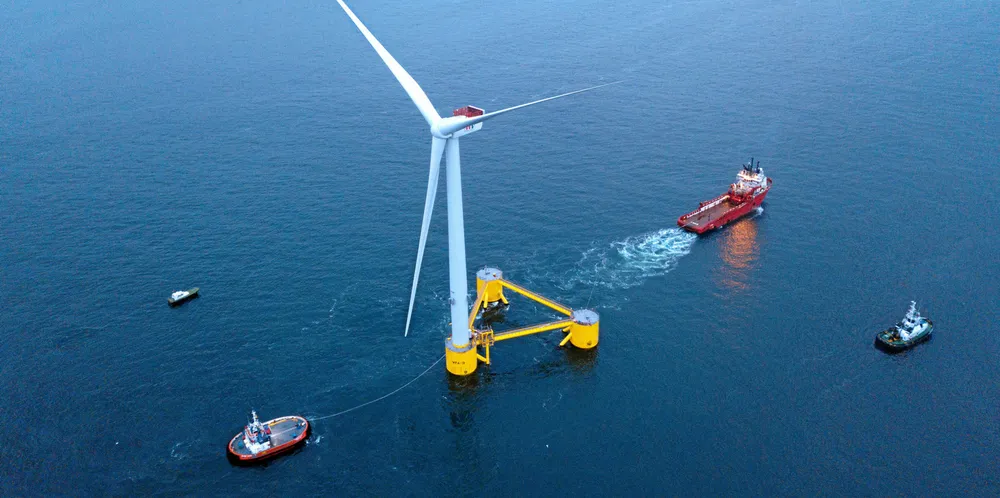'Part of the journey': Orsted finally learns to love floating with ScotWind bid plan
CEO says fixed-foundation giant 'leaning into' floating with ScotWind entry set to feature technology shunned for years

CEO says fixed-foundation giant 'leaning into' floating with ScotWind entry set to feature technology shunned for years
